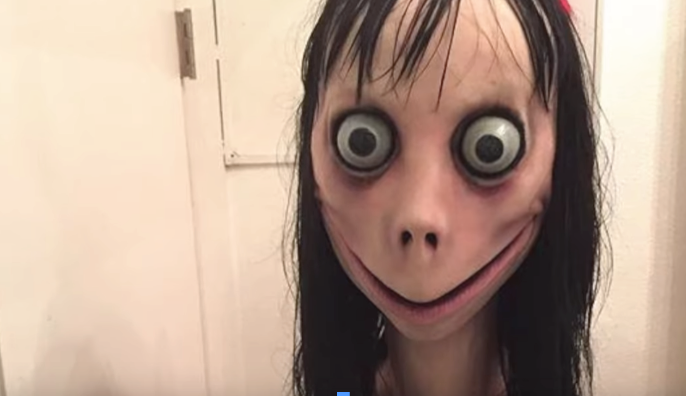
Jianna Figueroa
Contributing Writer
In a world where multimedia consumes our society, it is possible for the impossible to occur.
Evidently, society is consumed by technology which plays a major role in what we see, think and talk about.
People spend a high percentage of their day looking at screens whether it be on a phone, tablet, television or many more.
We have allowed for social sites to consume our minds so much so that it has consumed our minds, the minds of the youth and even some of the elders.
Though it may seem that it has consumed us abundantly, it can be considered to have engulfed our younger generations more than our own.
The idea that toddlers and young children of this generation can work a television, tablet and phone may seem to be amazing.
However, there are major negative effects to allowing it to consume the minds of the kids today.
A perfect example of how it affects society negatively is when YouTube Kids videos began to glitch, jumping to a dangerous creature that most may know as Momo.
After speaking to my younger sister, I realized Momo is nothing new to YouTube because Momo has actually been around since this past August.
The Momo challenge is referred to as a social media challenge that is teaching and attempting to persuade the children of our generation to execute a number of dangerous tasks, such as, aggressive attacks, self-harm and suicide.
This Momo figure appears as a creepy face with dark hair, a pale face and bulging eyes with the body of a chicken.
Let me begin by saying, whether or not Momo was a legit hack into their system or a complete hoax it still affected children.
After speaking to my aunt, Mary Ann Santiago, she explained to me how real it is and how much it can affect children.
Santiago said, “I asked my son if he had seen the video or picture of the Momo going around.”
Initially, my eight-year-old cousin was confused about what she was referring to.
However, once she tried to show him the picture, she explained to me that he only caught a side glimpse of it.
Santiago said, “He legit started crying and screaming! My poor son hasn’t been able to sleep for months and now I know why. His heart was racing, and he could barely speak. I would have never thought this would be the cause of him not sleeping.”
She went on to tell me that she wanted to spread the word immediately by telling other parents, friends and family members about it.
She would say, “Parents this is for real. Ask your children. This is not cool!”
When the Momo dilemma began to uprise in the public eye, a lot of people had something to say about it.
Some parents were concerned about their child’s safety and others felt this was the parent’s fault.
The idea behind this being the blame of parents is that they chose to allow their children to have access to technology. After reading a few Facebook posts, I gathered enough information to interpret the reasoning behind why society may blame the parents.
Basically, the idea is that parents allow for YouTube videos and television screens to raise their children while the actual parents simply babysit them.
However, others feel technology is to blame, not the parents.
Technology continues to increase and expand, hence, the formation of YouTube branching out into YouTube kids.
YouTube kids is similar to placing parental control on a computer, it is simply centered around children content and shows for kids.
The most popular video that Momo seems to appear in is the episode of “Peppa Pig.”
The expansion in content appeals to the eyes of both parents and children.
The parents trust that this site is safe because it is supposed to function as a kid-friendly website.
The children enjoy the site because it publishes familiar content that is enjoyable for them to watch.
However, this may not be so trustworthy if it was capable of allowing something or someone to hack their system centered for children.
So, my question to you is, where do we draw the line and establish limitations on what we allow to consume our society?
Email Jianna at:
jfigueroa3@live.esu.edu

